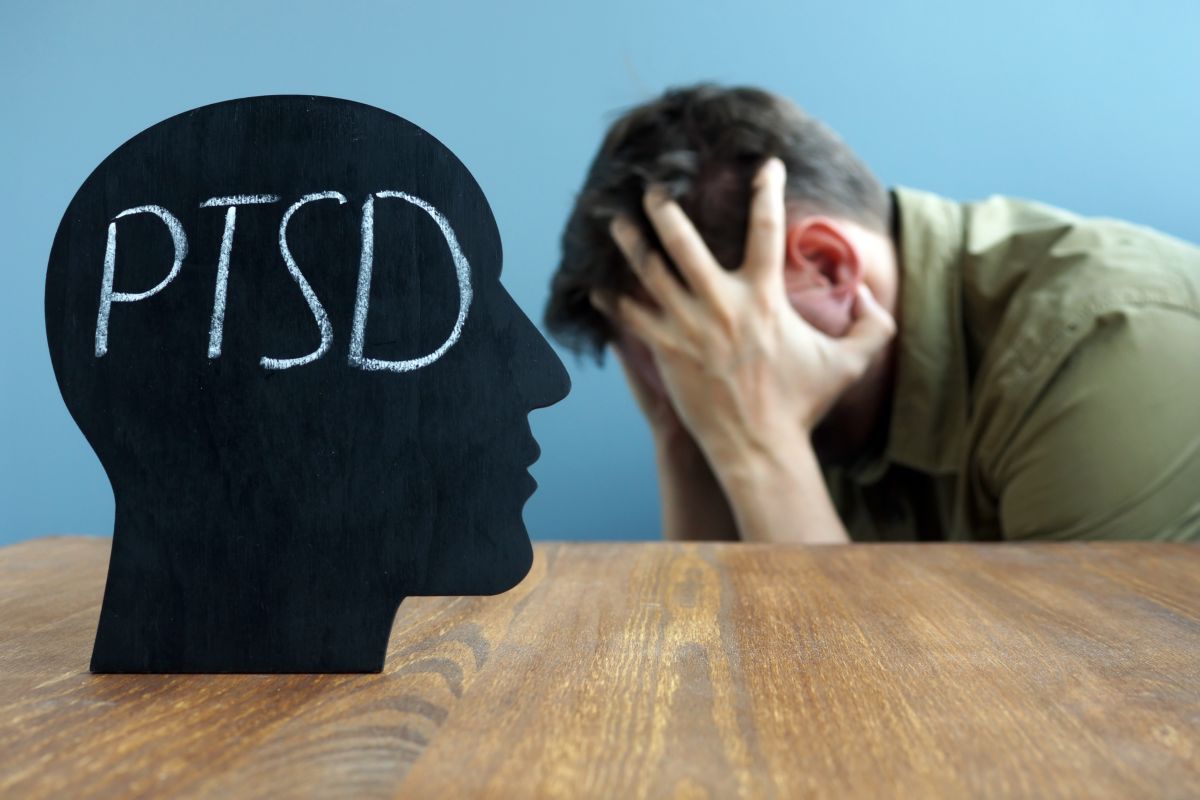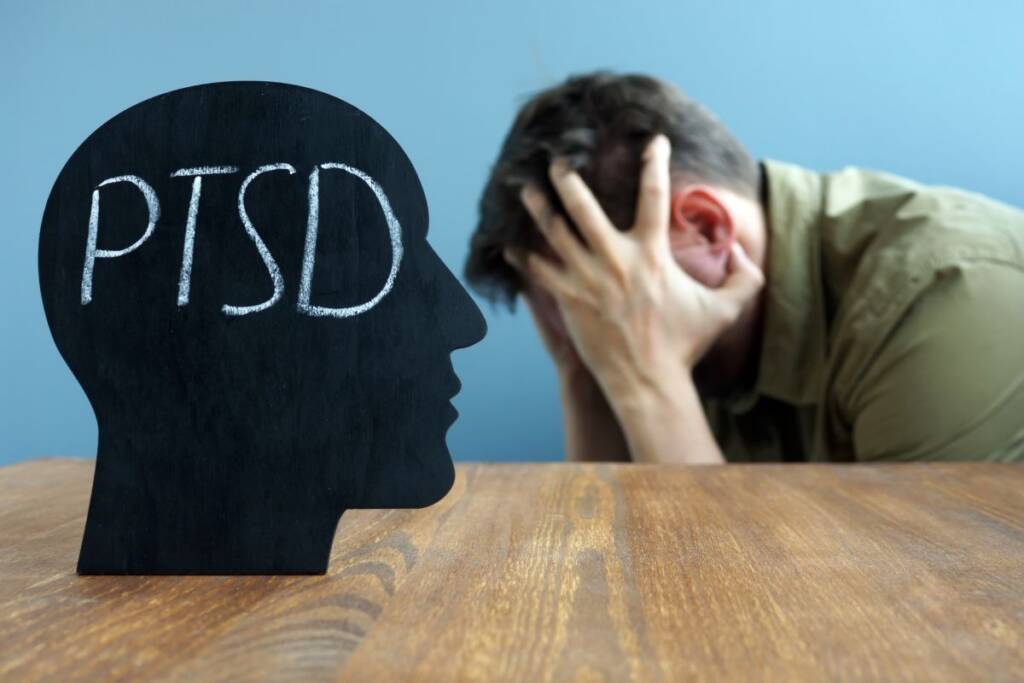Health
Post traumatic stress disorder: what it is, how to recognize it and what are the solutions

Post-traumatic stress disorder is a psychological response to a traumatic event. Let's find out how to recognize it and what are the possible treatments.
When we talk about post-traumatic stress disorder, also known as PTSD , we mean a relevant psychological and physiological response to a stress experienced in the past.
It is therefore not a question of a disease but of a real series of rather important symptoms and which are linked to a very strong trauma that has not been able to be processed in the correct way.
Recognizing this problem is of fundamental importance in order to understand its exact origin and find the right therapies to implement . Only in this way, in fact, is it possible to improve the quality of life which, otherwise, risks dropping a lot until it becomes extremely difficult.
Let's find out, therefore, everything there is to know about this disorder, how it manifests itself and what are the possible treatments.
How to recognize post traumatic stress disorder
PTSD usually tends to occur shortly after a traumatic event and has well-recognizable symptoms but which often those who suffer from it tend to minimize, making the whole picture worse.
Not recognizing the signs in fact leads to exaggerating them until the symptoms worsen and reach the most serious ones.

Among the best known ones that can occur both individually and in the presence of others, there are:
– Recurring nightmares
– Flashbacks that lead to acting as if one were in full trauma
– Unpleasant memories that isolate from the current context
– Poor concentration
– Trouble sleeping
– Exaggerated reactions to external factors
– Hypervigilance
– Denial
– Isolation
– Poor memory of some phases of life
– Almost always negative mood
– Irritability
– Self-destructive attitudes
– Control craze
– Low self-esteem
In many cases, post-traumatic stress disorder can also occur together with difficulties in establishing emotional relationships with others, panic attacks and addiction to various types of substances . Although in many cases it is possible to heal spontaneously within a year, psychological support is often needed, which is always useful in order to better face the so-called ghosts of the past. When faced with similar symptoms, it is therefore very important to seek help and find a healthy way to deal with the problem.
Why does PTSD occur?
To this day it is still not certain why some people develop this disorder. Several studies, however, believe that at the base there is probably an imbalance of the nervous system which under strong stress leads to changes in neurotransmitters. This leads to a sort of blocking of the event itself which then becomes present and disturbing until it leads to the symptoms already reported.
Going to the phenomena that can trigger it, these vary from person to person, also based on the sensitivity of the subject, the modalities of the trauma and its intensity and duration. Among the most common, we mention:
– Exposure to earthquakes, fires, etc…
– Accidents
– Diagnosis of diseases
– Exposure to war
– Gaslighting
– Betrayal
– Important mourning
– Bullying
– Toxic relationships
– Abuses
– Violence
– Stalking
These situations may obviously not lead to this disorder or may only appear to be well-lived. For this reason, psychological help is always recommended in the event of traumatic events or severe stress .
What are the treatments for post traumatic stress disorder
As already mentioned, this problem in some people (albeit with difficulty) can return spontaneously within a short time. When this does not happen, however, it is very important to be able to receive the necessary help. This is certainly of a psychological nature and in some cases also pharmacological. It will obviously be established by the treating doctor who will be based on the situation, symptoms and lifestyle of those who are faced with this difficult situation.
Among the various possible therapies are that of gradual exposure to situations perceived as dangerous, that of relaxation, cognitive restructuring and EMDR . As already mentioned, only in really important cases, sedatives or other types of drugs can be associated for a short time in order to alleviate the symptoms or make therapy easier.
Riproduzione riservata © - WT











